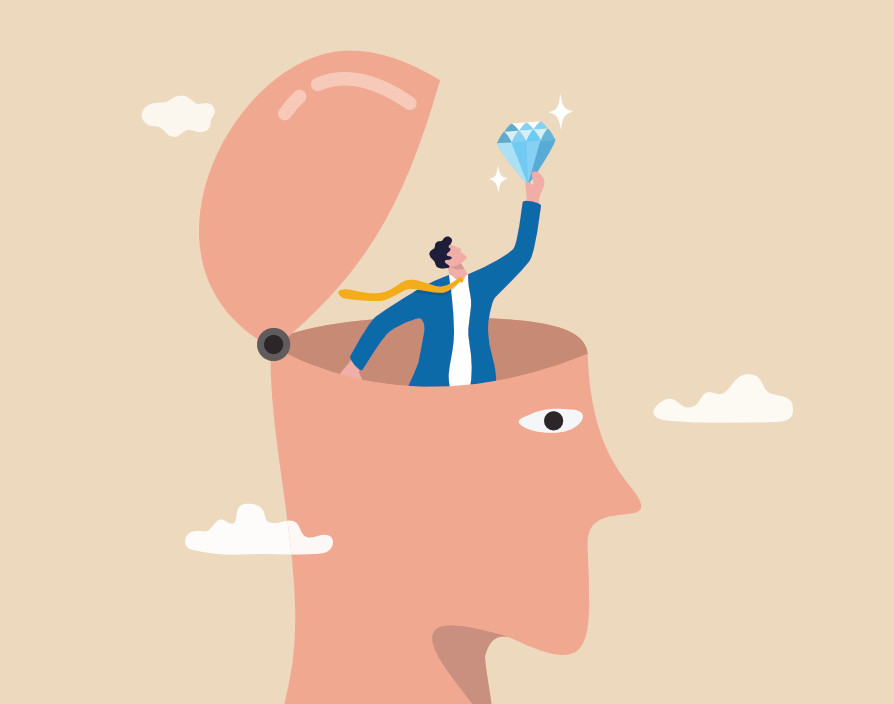Sarah Cressall offers 10 tips for those seeking a happy life.
For each of the past four years my New Year resolution has simply been: To be happy. It’s possibly the most important and, at times elusive, ingredient in anyone’s life. However, there is no happiness school or college you can attend to earn a qualification in the subject.
As somebody once remarked: ‘Happiness is not a destination, it’s a way of life’ and being happy is different to every one of us. Being happy is personal. One person’s joy is not everyone’s idea of fun. A number of years ago I spent time in a wheelchair, due to complications around my three pregnancies.
Now, three times a week, I either run along the beach or on the local common with my dog. And I feel happy when I’m doing this. I’m happy because I can physically do it and I’m happy because I’m grateful and feel alive. Yet someone else may find this horrendous. Finding what makes you happy is a good place to start, when searching for that elusive feeling of happiness.
Instant gratification provides a quick spike of happiness, but overtime will fade. Too much of something, that once made us feel wonderful, may eventually become tedious or boring. Sometimes the excitement is the need to acquire something. But then, when we finally achieve what we want, we suddenly need to find another desire to create that feeling all over again. We can go from ‘chasing-to achieving-to aspiring’ in a never-ending loop without ever stopping to enjoy the moment and be happy.
Martin Seligman, who researches ‘Positive Psychology’, has examined why happy people enjoy that feeling on a daily basis. Seligman found that the most satisfied people were those who discovered their unique ‘signature strengths,’ such as humanity, temperance and persistence.
Philosophers such as Confucius, Mencius and Aristotle developed their theories on the topic of motivation, with Seligman concluding that happiness is made up of three dimensions. These are: Pleasant Life, Good Life, and Meaningful Life. The Pleasant Life is realised by learning to appreciate such basic pleasures as companionship, the natural environment and our bodily needs.
A Good Life is realised through discovering our unique virtues and strengths – and then using these attributes creatively to enhance our lives. According to modern theories on ‘self-esteem,’ life is only genuinely satisfying if we discover value within ourselves. Meaningful Life is when we find a deep sense of fulfilment by employing our unique strengths to satisfy a purpose greater than ourselves.
This three-pronged theory combines ‘individualism’ with ‘altruism’. An individualistic approach focuses on taking care of ourselves while nurturing our own strengths. An altruistic approach will downplay individuality and focus on sacrifice for the greater need. There will always be days in our lives when happiness is impossible but we can certainly take steps towards creating a satisfying life.
Here are 10 simple techniques I’ve used to help build a basis for happiness in my life.
1: Smile. You feel happier when you smile. When I’m having a tough moment, and I’m by myself, I’ll breathe and smile to myself. It’s such a powerful tool which starts to lighten my mood. Also, you should smile and say ‘hello’ to other people. And it’s great when someone smiles back. Dolly Parton once said: “If someone hasn’t got a smile, give them one of yours”.
2: Exercise. Being active is well known for creating a strong feeling of wellbeing. Build it into your daily routine wherever possible.
3: The Great Outdoors. Outdoor space and nature will energise you. Experts believe it has something to do with ‘negative ions’ but, whatever the reason, I always feel happier when I’ve spent time outside – and especially if it’s sunny.
4: Food. Food and mood can be linked to wellbeing and mindfulness. It’s worth looking at what you eat, when you eat it and how you eat, as well as how it makes you feel afterwards. There are plenty of theories on food intake. I fully believe that the less processed food we eat, the better it is for our moods and overall health. But don’t forget to give yourself a treat from time to time.
5: Gratitude. Mention three things you are grateful for every morning. It’s a great way to prepare for the day. I have discovered that if I start the day in a positive mood, it remains that way. People seem friendlier and there is a greater feeling of fun.
6: Kindness. Random acts of kindness usually make two people feel good – both the receiver and the giver. By doing something positive it improves your own wellbeing.
7: Have fun. Make time for the people and things you enjoy. This can involve reading a book, watching a movie, having a debate or simply chatting and having a meal with friends.
8: Honesty. When life gets tough, acknowledge this and take time out to reset your beliefs and values, while recharging your battery. We don’t have to be happy all the time. Quite often it’s impossible to feel this way.
9: Let go. It’s not healthy to carry anger and hurt. My mum would often narrate the Serenity Prayer to me when I was a little girl and it remains the perfect tool for maintaining a level head and a semblance of balance. The prayer includes these words: “Grant me the serenity to accept things I cannot change.” In other words, let go of what you can’t control and work on controlling the controllable.
10: Reflect. Thinking of moments when you were happy can help you to find your way back to happiness in the here and now.
This is not an exhaustive list, but I’ve found them to be helpful in my search for the ‘tranquillity of mind’ that comes with being happy.

































